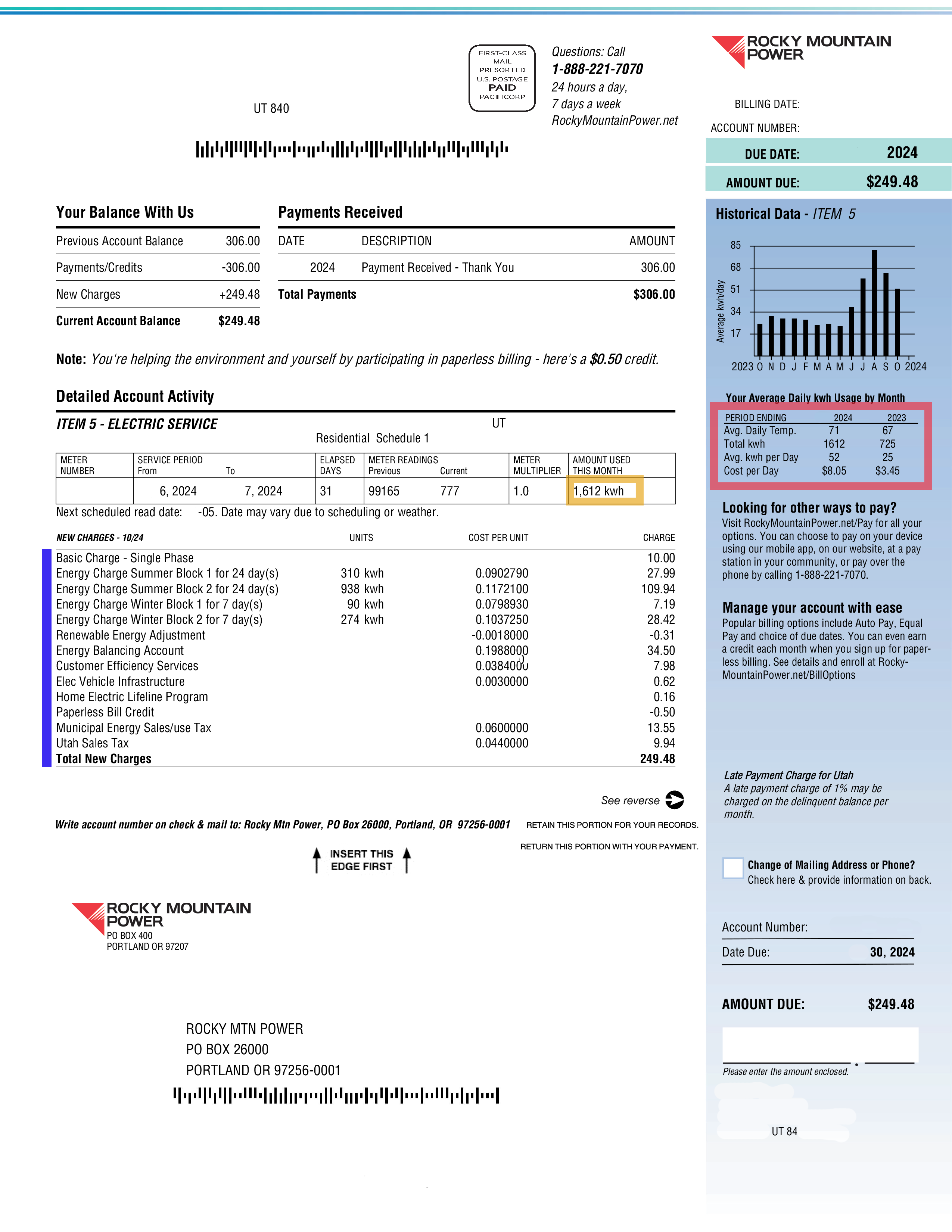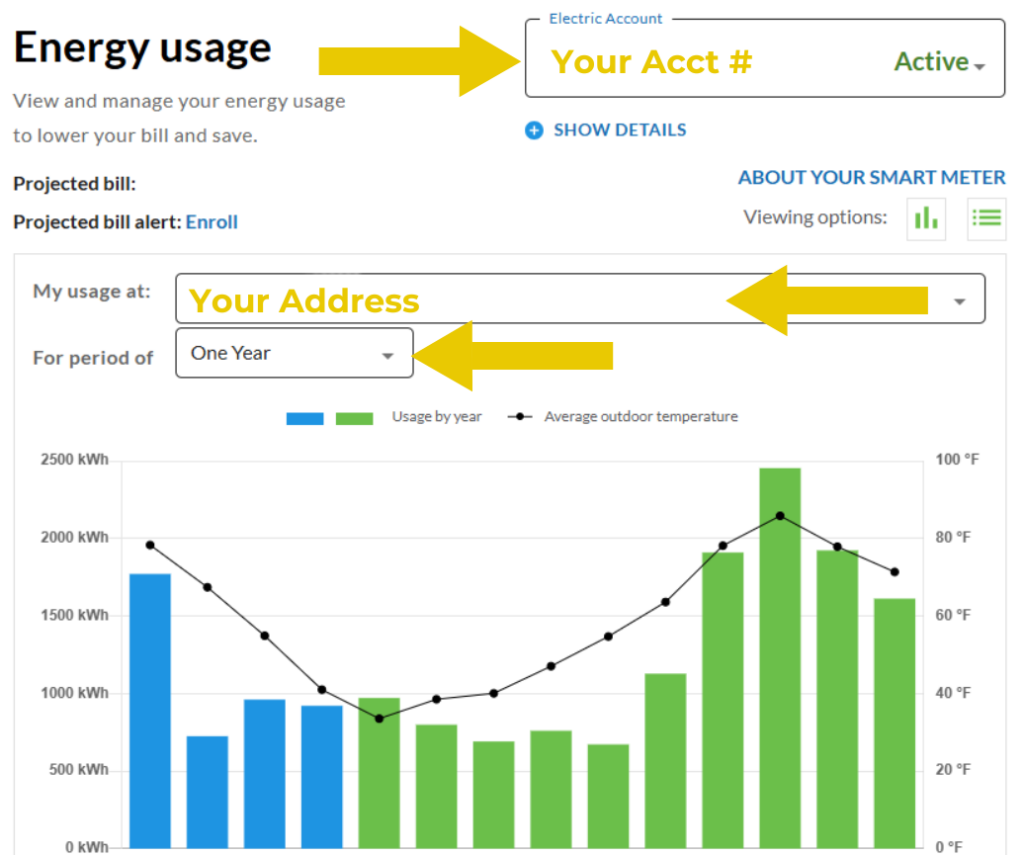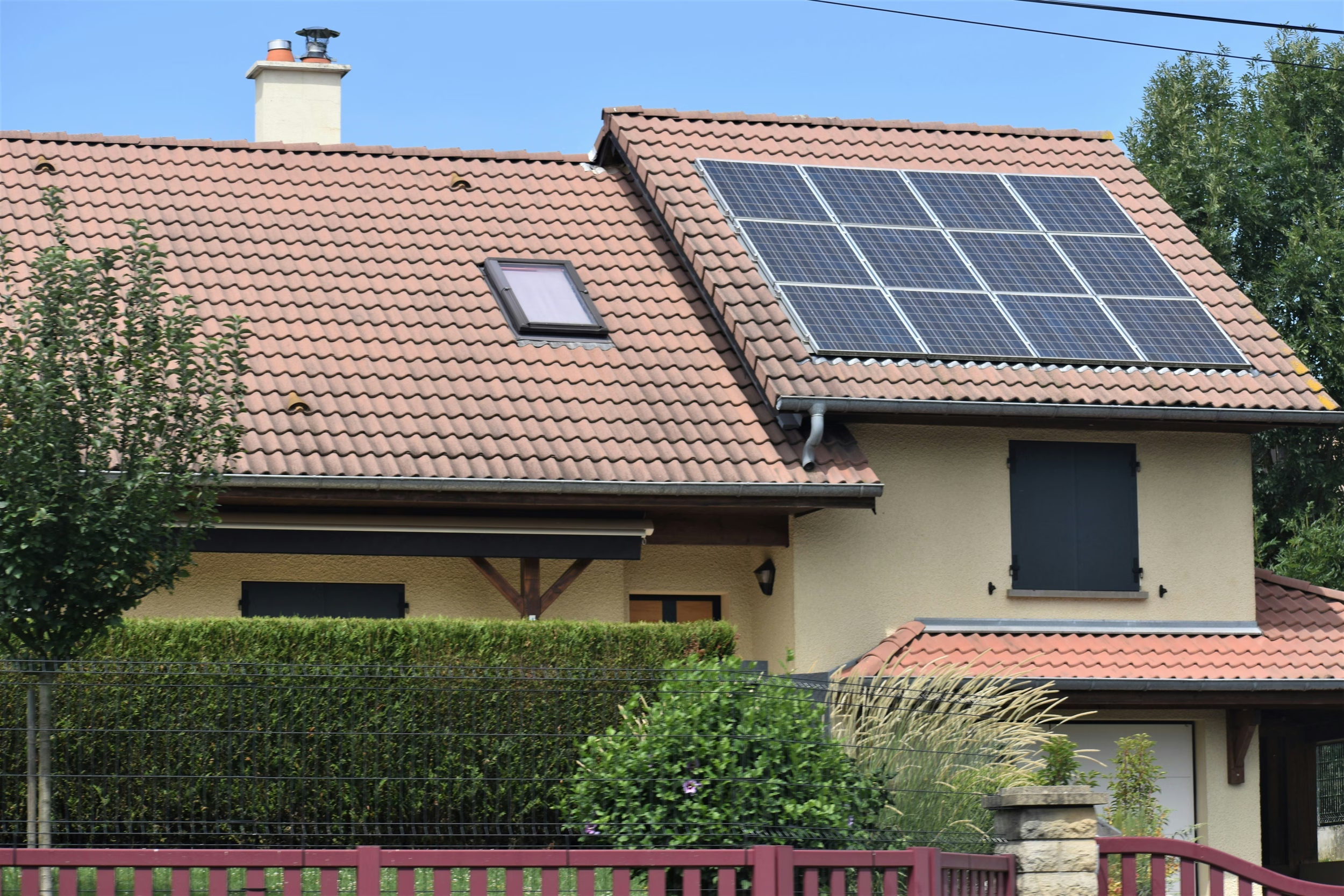
How to Calculate Your Energy Power Usage
Before you install solar panels, it’s crucial to figure out how much energy you currently use. This helps design a solar system that fits your needs and works efficiently.
Our team can do an energy check to see how many panels you’ll need, how much money you’ll save, and how long it will take to pay for itself. When you know how much energy you use, you can choose the right solar system that’s good for the environment and saves you money. We’ll guide you through finding this information so you can plan ahead.
Understand Basic Energy Terms
Before diving into calculations, it’s helpful to understand some of the common terms you’ll encounter:
- Watt (W): The basic unit of power. One watt is the rate at which energy is consumed or produced.
- Kilowatt (kW): Equal to 1,000 watts. This is often the unit used for household power consumption.
- Kilowatt-hour (kWh): A unit of energy equal to one kilowatt of power used for one hour. This is the metric your electric bill uses to charge you.
Rocky Mountain Power Usage
Most of Utah and surrounding areas are on Rocky Mountain Power’s grids. To understand your bill and see how your annual usage adds up – follow these steps.
To find your usage online, which is our recommended approach, login to your Rocky Mountain Power account. Once logged in, look to the left menu and click on “Energy Usage”.

When your account opens, locate the areas identified by the yellow arrows. Confirm that it is your account with the correct address being considered for solar. Change the usage timeline from one month to “One Year”.

Once you have updated the annual view, scroll to the bottom and locate the download option, select the top “Download Green Button Data”. Once you download it, open the data and add up your total kWh usage for the year. This is a baseline benchmark for estimating your solar usage.

Most people recommend calculating power usage for a solar system by reviewing their electric bills over the past 12 months. Reviewing 1 year will help you understand your average monthly and seasonal consumption. This data helps determine the average kilowatt-hours (kWh) used each month, highlighting any seasonal peaks or drops that can influence solar needs.
Calculate Future Energy Use
While the data for the previous year provides a great benchmark, it doesn’t speak to the ebb and flow of energy use based on weather, seasons, change in your power use, or adding home improvements. Learn more about purchases and investments that impact your power bill.
If you’re planning any home projects, buying an electric vehicle, or building a new home, think about how these will affect your energy use. In Utah, the average home uses about 793 kilowatt-hours (kWh) of electricity per month, which is a bit less than the national average.
However, actual energy usage can vary significantly based on the size of the home:
- Small Homes (less than 1,500 sq ft): Typically consume less energy due to reduced space and fewer occupants.
- Medium Homes (1,500–2,500 sq ft): Have moderate energy consumption, balancing space and occupancy.
- Large Homes (over 2,500 sq ft): Generally use more energy because of increased space and potentially more occupants.
While specific consumption data for different home sizes in Utah is limited, the U.S. Energy Information Administration (EIA) provides insights into residential energy consumption patterns.
When doing the calculations on your own, it’s important to note that factors such as insulation quality, HVAC systems, and occupant behavior also influence energy usage, regardless of home size.
What is Your Energy Usage?
After looking at your current usage and any upcoming projects, you can get a good idea of how much power you’ll need in the future and what size system to install. While these estimates are helpful, talking to one of our experts will give you a more accurate estimate and a custom quote with design options.



